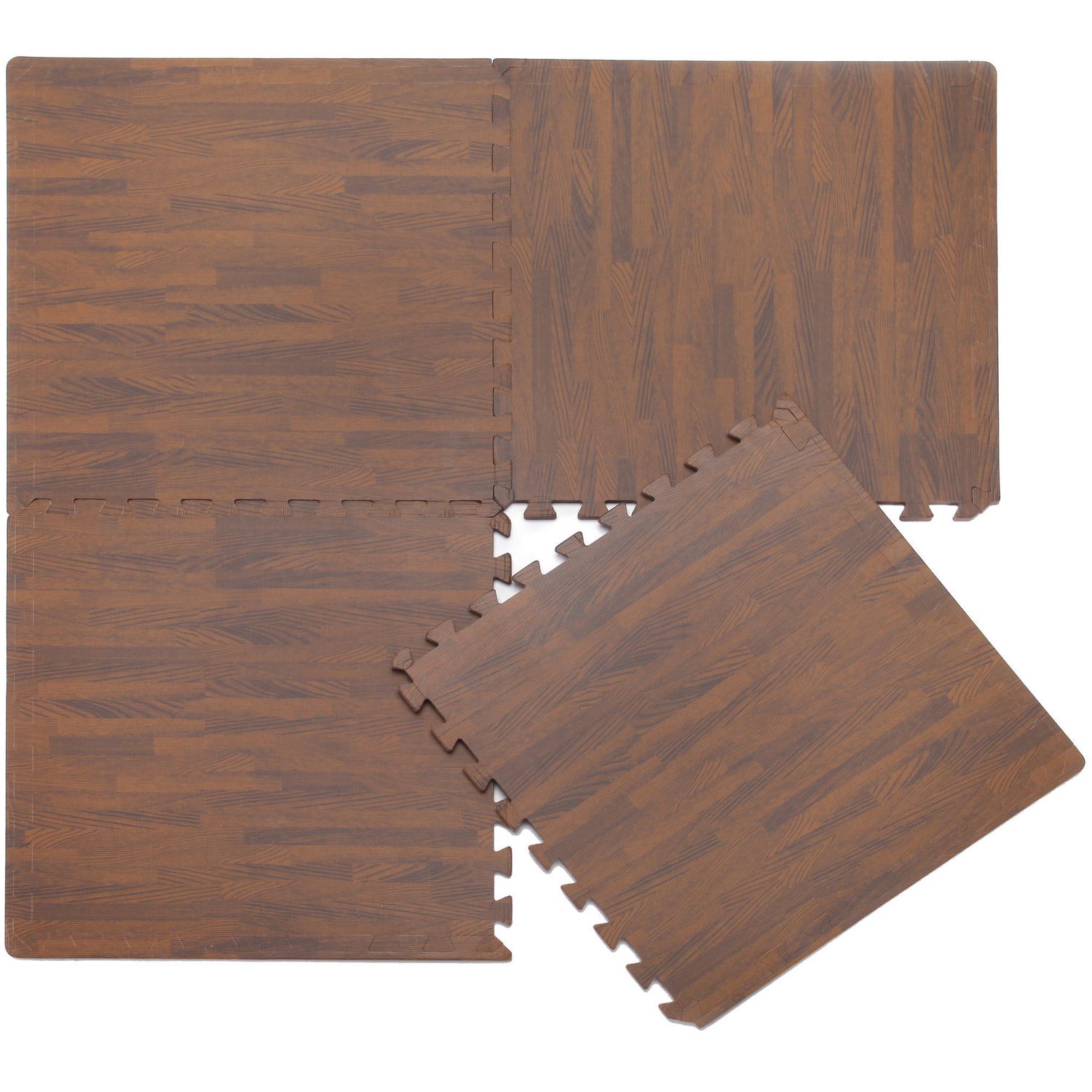
Has anyone made something similar to this using EVA foam blocks or sheets?
source: www.windsurfing33.com/forum/viewtopic.php?f=42&t=122272&p=874512#p874512
Yes, last year I made pads out out a yoga block and rubber cemented them to my 72cm board to help with getting out on the rails for upwinding with large sails and light winds. They worked great, though I have since moved on to a much shorter, wider board I found the untextured foam blocks were fairly slick so ideally the foam blocks should have some texture for grip. I also added some kiteboard footbeds under the footstraps to help add a bit more width too. The current owner still has them on the board, but he uses it in much higher wind with smaller sails where board width is far less important.

 You could use foam floor tiles. Shape/Cut with a flat soldering tip. I used foam floor tiles as pads for the nose of my freeride board, dollar store contact cement is good enough.
You could use foam floor tiles. Shape/Cut with a flat soldering tip. I used foam floor tiles as pads for the nose of my freeride board, dollar store contact cement is good enough.

Yes I used sandpaper and a rasp, EVA is very easy to work with, almost too easy. I tried to lift the exsting pads, but couldn't peel them up cleanly.
the only eva sheet i could find with decent hardness was from a shoe repairer.
i used the hard shoe foam over a thicker/softer floor tile.
Thinking out loud here - I think I've seen eva used as a sandwich material on board builds - so, in theory, if I made an extender that fits on the deck, I could add a bit of glass on it? Idea being to have enough structure to screw down to the foot strap screws similar to the Starboard set. Or better to use 2 part foam?
Brain storming here.
Use expanding TITE foam (for windows and doors) save time on the getting the contour of the board right. Simple enough PPE, mask area, spray, cure, trim. I've never worked with it; is there anyone with experience on this type of foam?
www.loctiteproducts.com/en/products/build/polyurethane-foam/tite_foam_windowdoorsealant.html
Heat mold 3mm ABS to the board. Then glass the top of it. Remove and glass the bottom.
Then glue EVA to it and shape appropriately.
Basically make a mini sandwich layer secured by the footstrap screws.
Since some time, I turn around the idea to 3D print some heel extensions (someting like the starboard ones). Not sure that 3D printing would be better than foam blocks, but I like the idea. However I block on how to easily measure and then model in the CAD software the deck shape.
Sand casting.
Put the board upside down on a beach or box of sand.
Board is level with the sand; deck is buried (board is upside down)
Extract the board.
You'll will be left with an impression of board.
Block of the area you want to fill.
Fill with the same material that is used to repair a soft deck or whatever you like.
Yes limit the area for casting.
Make vertical dividers out of carboard place on the sand once you had made the cast of the board. These dividers will partition the areas where you want to make the mold. In this instance just around the footstrap area for the heel extension.
Filling:
boardlady.com/materials.htm - Bottom of page
"To reinforce fractured EPS foam, I use a Marine Urethane foam by Evercoat. As opposed to the stuff from the hardware store that comes in a spray can, this foam does set up hard.For filling, when I really, truly do not want to have to deal with bubbles, I use an Epoxy filler by Interlux, "VC Watertite"
Using this mixture fill in the partition area for your heel extension. The fill will become the heel extension, once its harden. Sand/Glass and paint.
jmf1:
I'm rethinking the sand cast method; using Epoxy filler is overkill and expensive.
EVA foam is the better method.
Working with EVA foam sheets: